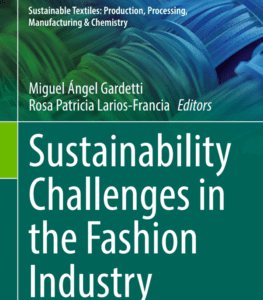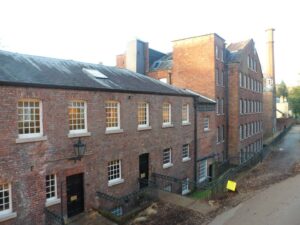
A seemingly simple material, yet the history of cotton is as rich and complex as the tapestries it adorns. Its journey begins not on a fashion runway, but in the fertile soils of prehistoric times. From the Indus Valley to the shores of Peru, cotton's delicate fibers have been coaxed from the earth for millennia. This is not merely a tale of fabric and fashion. Cotton's threads are inextricably linked to the rise and fall of civilizations, the ebb and flow of trade, and the darkest chapters of human history.
Ancient civilizations cherished its softness, adorning pharaohs in Egypt and weaving intricate fabrics in Mesopotamia. Empires like Rome relied on its durability for clothing their armies, and cotton sails billowed on ships that explored uncharted waters. The allure of cotton fueled exploration, with Columbus encountering the plant on his voyage to the Americas, forever changing the course of history.
The history of cotton takes a sharp turn with the dawn of the Industrial Revolution. Eli Whitney's cotton gin, a seemingly innocuous invention, dramatically increased cotton production. This "progress" came at a horrific cost. The insatiable demand for cotton fueled the barbaric institution of slavery, as millions of Africans were forced to toil in brutal conditions on vast plantations across the American South. The white gold that clothed the world was stained with the blood of innocents.
The legacy of cotton is a tangled skein. It speaks of innovation and industry. It speaks of exploitation and suffering. Quarry Bank Mill in Cheshire, England, stands as a testament to this duality. Built in the 18th century, this marvel of engineering was at the forefront of the Industrial Revolution, its clattering machinery churning out vast quantities of cotton fabric. Yet, within its walls lies a complex story of human labor and the social impact of this burgeoning industry.
Across the Atlantic, the story of cotton unfolds in a different light. The American South became synonymous with cotton production, its vast plantations relying on forced labor to meet the ever-growing needs of textile mills. The economic prosperity of the region was built on the backs of enslaved people, a dark stain on the nation's history.
This timeline delves into the fascinating narrative of cotton, from its ancient origins to its impact on modern society. We will explore the triumphs and tragedies that have shaped this essential fiber, examining its role in shaping cultures, economies, and even fashion trends. Through the lens of Quarry Bank Mill and the American experience, we gain a deeper understanding of the intricate relationship between cotton, humanity, and the ever-evolving fabric of history.
As we embark on this journey, let us remember the human stories woven into the threads of cotton. Let us acknowledge the exploitation and suffering that accompanied its rise, and strive for a future where this versatile fiber is a symbol of progress, not oppression.
Through the lens of Quarry Bank Mill, built by Samuel Greg in the 18th century, and the American experience, we gain a deeper understanding of the intricate relationship between cotton, humanity, and the ever-evolving fabric of history.

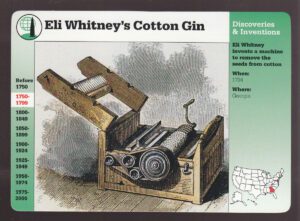
19th & 20th Centuries
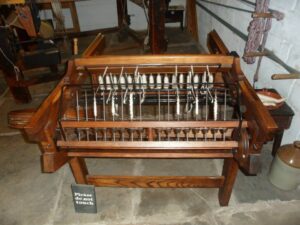
Through the lens of Quarry Bank Mill and the American experience, we gain a deeper understanding of the intricate relationship between cotton, humanity, and the ever-evolving fabric of history.
There are clear links to slavery. Blankets and clothes made at Quarry Bank Mill were sent to Dominica as clothing for enslaved Africans who worked on the sugar plantation Greg inherited from the Hydes.
A former director of the Quarry Bank Mill, and author of a book about Hannah Greg, provided this summary of child labour at the mill, based on extensive research.
"Over half of Samuel Greg’s workforce were poor and orphaned children ... the children were given good medical care by the Greg family doctor, and education in writing and maths three nights a week ... although the child workers were not subjected to corporal punishment, bad behaviour brought overtime, threats that girls would have their heads shaved or young workers being locked in a room for days on a porridge-only diet."
Sekers, David
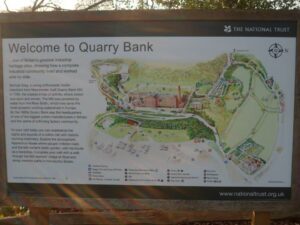
The story of cotton continues to unfold in the 21st century. The introduction of genetically modified (GM) cotton varieties in the 1990s promised increased yields and pest resistance. However, concerns have been raised about the potential environmental impact of GM cotton, as well as the ethical implications of its use.
One such example is the use of Bacillus thuringiensis (Bt) cotton. This variety incorporates a naturally occurring bacterium that deters certain insects. While Bt cotton has reduced the need for insecticides, there are concerns about the potential development of insect resistance and the impact on non-target organisms.
The debate surrounding GM cotton highlights the ongoing need for sustainable fashion practices and combating greenwashing in cotton production. Balancing economic viability, environmental responsibility, and ethical considerations remains a complex challenge.
As we move forward, it is crucial to promote innovation that addresses these concerns and ensures that cotton remains a valuable yet sustainable fiber for generations to come. Let's get more Ethical!
